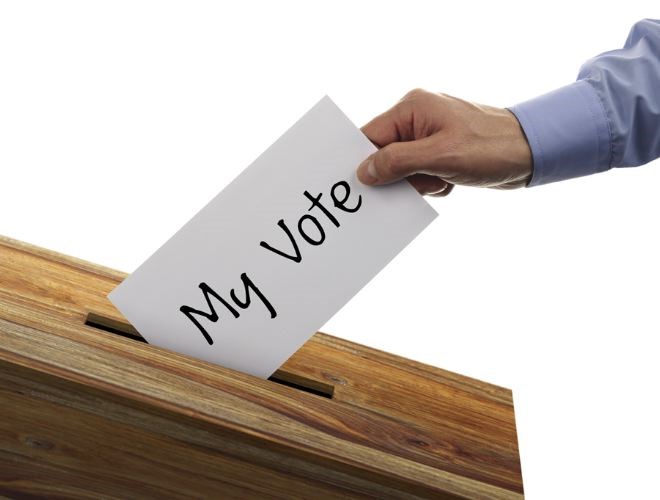A few weeks ago I said that I would outline the different electoral systems that have been recommended to appear on the ballot in the referendum coming in the fall of this year.
British Columbians will have the opportunity to decide whether or not to change the electoral system from first-past-the-post to a more proportional system.
It is important to note that if voters opt for a different system it would only change for our provincial election and not for the federal election which will remain the same as it is now.
While Prime Minister Justin Trudeau had promised electoral reform as part of his campaign, he decided not to pursue reform.
The B.C. referendum will fulfill part of the agreement between the BC NDP and the BC Greens but it was also a promise in the NDP platform:
"Our voting system hasn't been working. It gives all of the power to make decisions to a party that doesn't even get 50 per cent of the votes. We'll hold a referendum on changing our voting system to a proportional system, so that every vote counts. We'll ensure BC's regions are all represented fairly. And, we will campaign for the yes side."
As I have said before, it is true that it is not necessary to win the popular vote by a majority in order to win the election.
In fact, currently the popular vote has very little to do with who wins.
An MLA needs only with the most votes in a riding (not the majority) to become the representative. The three proposed new systems would attempt to align the popular vote with the number of seats held by each party in the legislature.
The first proposed system is the Mixed Member Proportional (MMP) Voting System. Here is how it is described in the How We Vote 2018 Electoral Reform Referendum Report and Recommendations of the Attorney General:
"MMP combines single-member electoral districts elected under FPTP with List PR seats allocated on a regional or provincial level. The overall share of seats each party holds in the Legislative Assembly is determined by the party's share of the province-wide vote it receives.
Candidates who fill the List PR seats are either elected directly or allocated from the parties' lists of candidates to compensate for any disproportional results from the FPTP vote, so that the overall result is fairly proportional."
Let's look at some of the details of this system.
First, the ridings will become larger and it is possible that a few more MLAs may be added up to a maximum of 95 but no region will have fewer MLAs than they do now. There will be more than one MLA in each riding: a local MLA and regional MLAs.
The local MLA will be elected the same way they are now, using the first-past-the-post (FPTP) system but, in order to ensure proportionality, regional MLAs will be elected.
They will be selected from a party list which is, just as it sounds, a list of candidates drawn up by the party.
The current recommendations by the Attorney General set out two options for how the list candidates will be elected. Either the voter will get two votes, one for the local MLA and one for the regional MLA, or the voter will get one vote and it will count as both a vote for a local candidate and a vote for the party.
The aim of this system is to ensure both proportionality and local representation.
Local representation would make up 60 per cent of the seats and the other 40 per cent would be topped up by regional representatives allocated to match the proportion of votes for each party.
The AG suggests that it would be best to set a threshold of five per cent of the province-wide vote for a party to be eligible to receive any of the list party seats. This restriction is generally set in place as a response to the critique that there may be a rise in the number of small parties as the result of introducing proportional representation.
The MMP system itself is well-known and used in other countries at both the national and local levels including New Zealand and Germany.
The next two systems that are suggested are: dual-member proportional and rural-urban proportional and I will do my best to explain these other systems in future columns.



